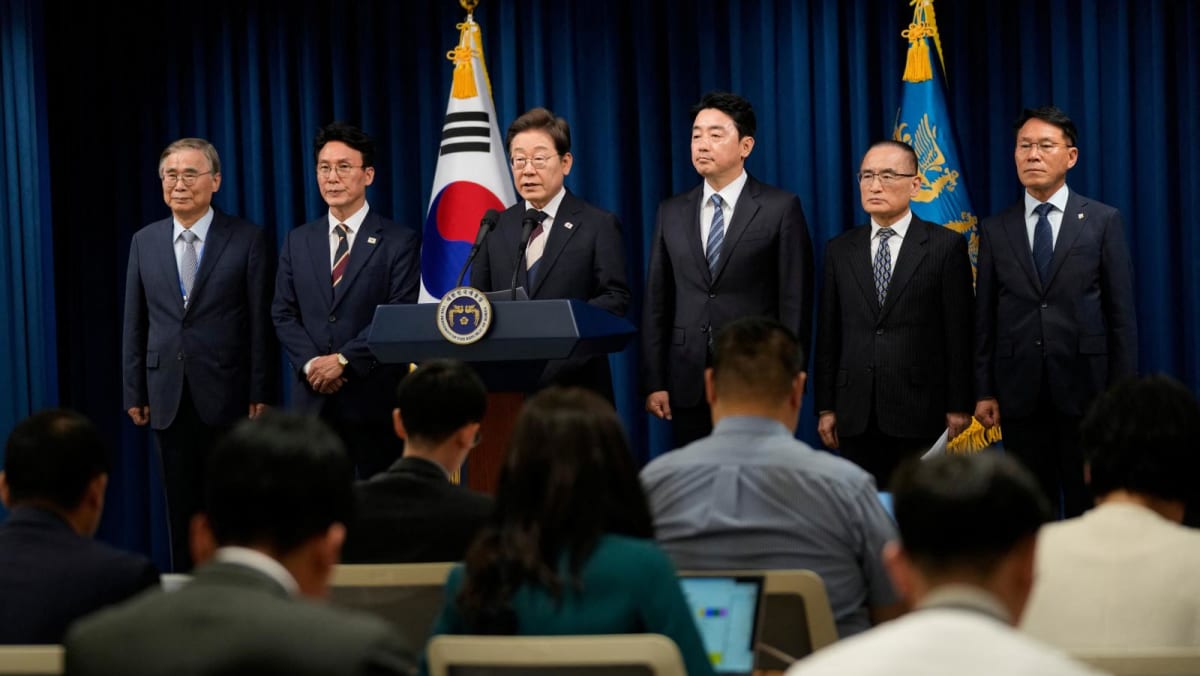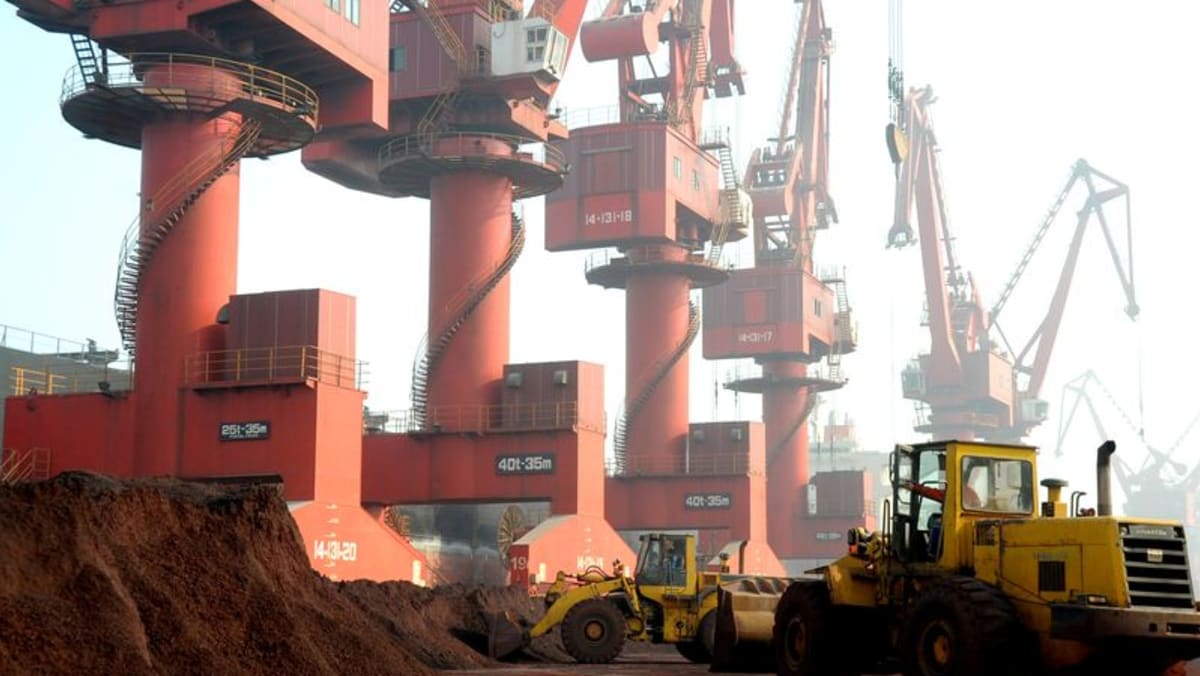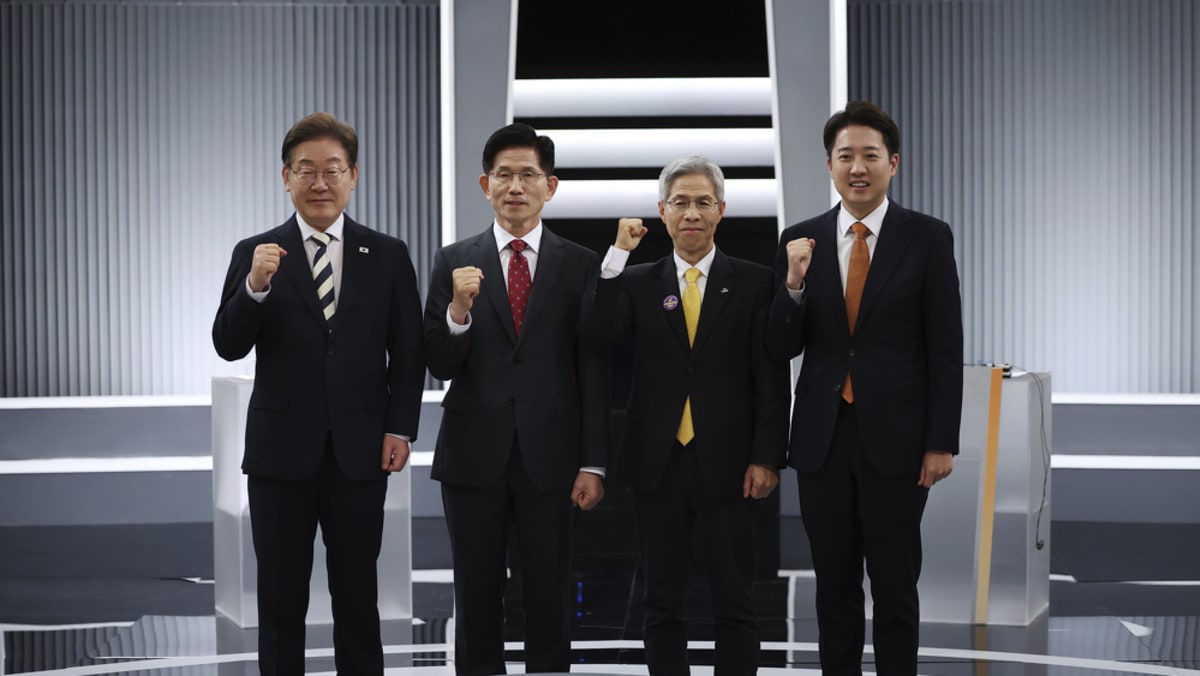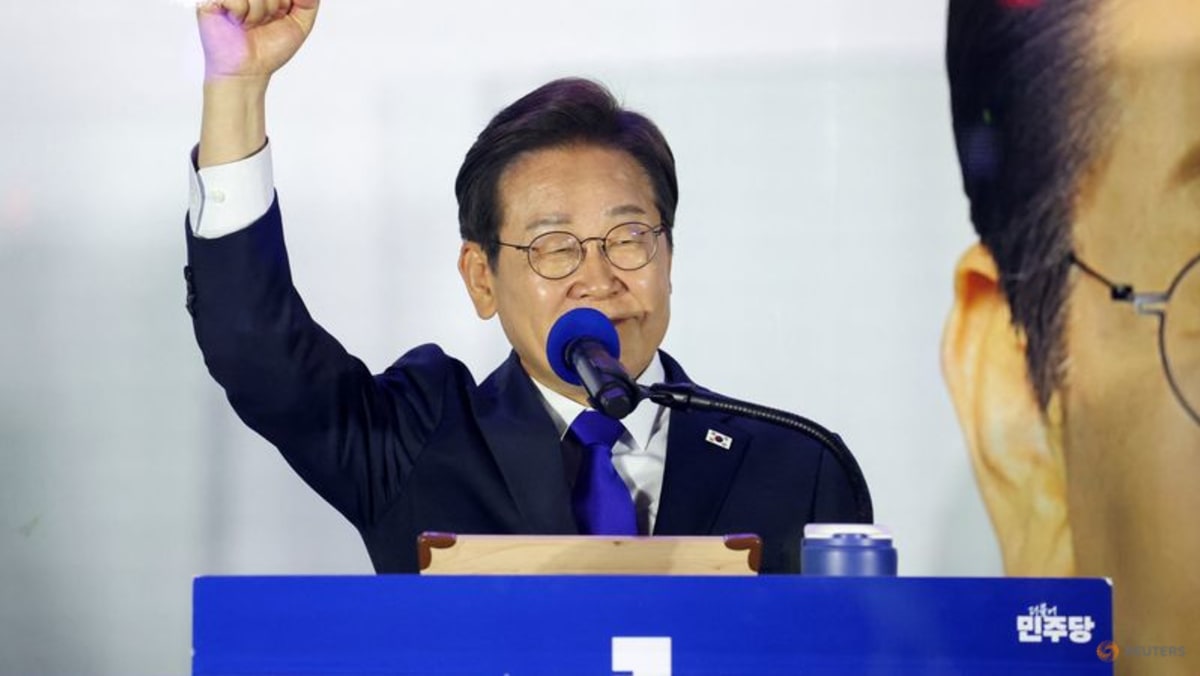Fresh tariffs from China have kicked in for certain American goods, as Beijing responds to the US’ sweeping levies on Chinese products.
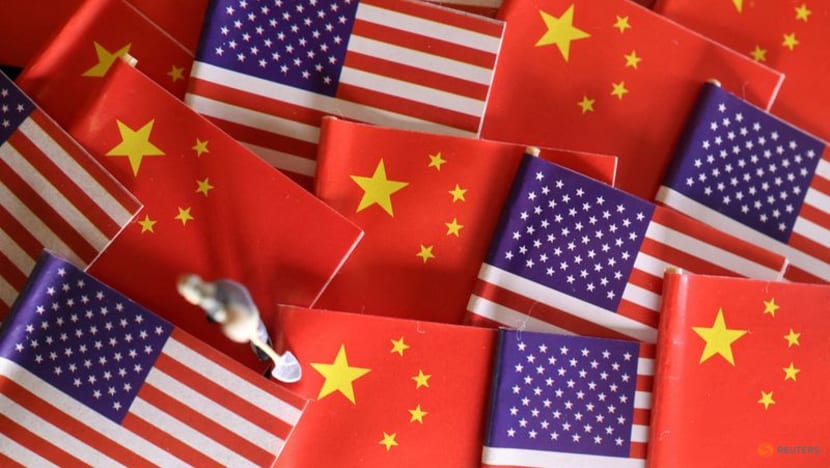
US and China flags are displayed in this illustration picture taken November 7, 2024. (Photo: REUTERS/Florence Lo)
New: You can now listen to articles.

This audio is generated by an AI tool.
As Donald Trump continues to flex the United States’ financial power by ordering tariffs on imports, trade partners are gradually figuring out how best to respond to the threats, said observers.
On Monday (Feb 10), fresh tariffs from China kicked in for certain American goods, including 15 per cent on coal and liquefied natural gas, and 10 per cent on crude oil, agricultural machinery and large-engine cars.
Beijing announced the plan mere minutes after sweeping US levies of 10 per cent on all Chinese products came into effect last Tuesday.
Experts said China, after going through a tit-for-tat trade spat during Trump’s first presidency, is prepared this time round, warning that Beijing might retaliate with more than just tariffs.
“China's clearly got the mid-term to long-term game,” said Alex Capri, a senior lecturer at the National University of Singapore (NUS) Business School.
“When it comes to the broader geopolitical competition between China and the US… (China could) look at things like conducting anti-monopoly type investigations, performing (stiffer) audits of (US) firms in China, and (exerting) export controls and restrictions.”
Chinese authorities also launched an antitrust probe into Google, putting the technology giant on notice for possible sanctions.
“There are also anti-espionage elements that the Chinese government can roll out to put pressure on American multinational companies doing business in China, to get (them) to put pressure on the Trump administration to roll back (tariffs),” Capri told CNA’s Asia First programme.
Still, Beijing’s retaliation was controlled and measured, said Tommy Xie, head of Asia Macro Research at OCBC Bank.
He estimated Beijing is targeting about US$15 billion worth of US imports, a significantly smaller amount compared to US$50 billion during Trump’s first term.
“This time, the (targeted amount) is much, much smaller. From that perspective, it seems like Beijing is maybe trying to moderate the tensions,” he said.
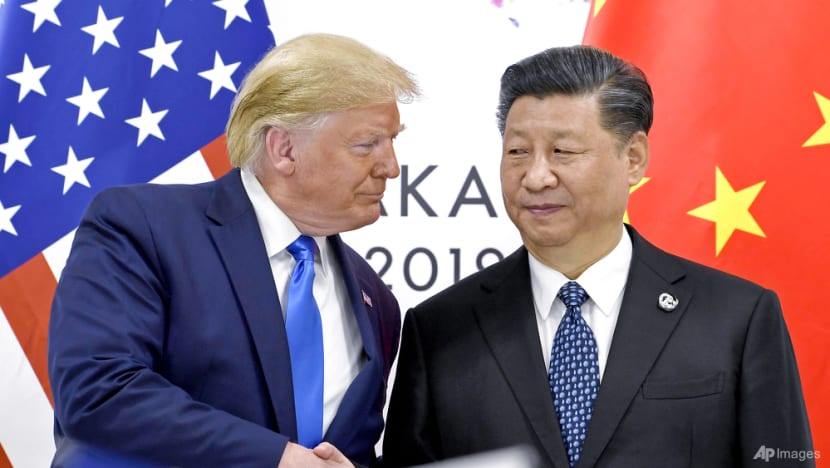 US President Donald Trump shakes hands with Chinese President Xi Jinping during a meeting on the sidelines of a G20 summit in Osaka, Japan June 29, 2019. (File Photo: AP/Susan Walsh)
US President Donald Trump shakes hands with Chinese President Xi Jinping during a meeting on the sidelines of a G20 summit in Osaka, Japan June 29, 2019. (File Photo: AP/Susan Walsh)
Xie voiced disappointment at a lack of negotiation between President Trump and his Chinese counterpart Xi Jinping – which observers have hoped for following last-ditch talks between US and its neighbours Canada and Mexico over tariffs last week.
Trump has said he is in no rush to speak to Xi to try to defuse a new trade war between the world's two largest economies, but a White House spokesperson said a call could be scheduled.
TRANSACTIONAL APPROACH
Analysts said Trump’s announcements often come across as mercurial and ad hoc, with frequent U-turns and delays, and his transactional approach to many policies means negotiation and deal-making.
“Trump is a very transactional person. He uses tariffs as a tool to try to pursue his agenda. So, I think he did quite well in terms of how he tried to secure the US border,” said Xie.
Trump’s tariffs on Canada and Mexico were put on pause for a month after both nations promised to reinforce their borders with the US, in a deal Trump saw as a victory in addressing illegal immigration and drug trafficking.
His tariff gamble also paid off on Colombia, forcing the South American country to accept deportees by threatening a 25 per cent tariff.
Capri said trade partners are “appearing to be giving concessions upfront to mollify Trump, at the same time thinking about how to respond with retaliatory tariffs… that gets a whole process going of lobbying and legal actions.
“I would not be surprised to see some kind of quid pro quo or deals that might come out of (Trump’s) big announcements, for example, around artificial intelligence diffusion or semiconductors,” he added, saying this could play out especially in countries transacting between China and the US.
WHO BENEFITS?
As Trump targets more countries in his tariff war, Xie said Beijing could potentially play a bigger role in reshaping the supply chain.
Members of the Association of Southeast Asian Nations (ASEAN), in particular, are set to benefit, as foreign direct investments flow in, he told CNA938.
Companies looking to de-risk and decouple from China have shifted parts of their operations to countries like Malaysia, Vietnam, Thailand, and Indonesia to soften the blow.
The manoeuvre is not lost on Washington, however, and fears remain of Trump targeting nations where Chinese goods are finished in or routed through.
“We’ve spoken to Chinese companies (which told us) their biggest concern right now is not how much the US is imposing on China, but how much the US is going to impose on ASEAN,” Xie said.
“But in the longer run, whether the US imposes tariffs on ASEAN or not, the trend is very clear: ASEAN is going to play a very important role (with) all the supply chain coming from China. This part of the world should continue to thrive in the coming years.”












